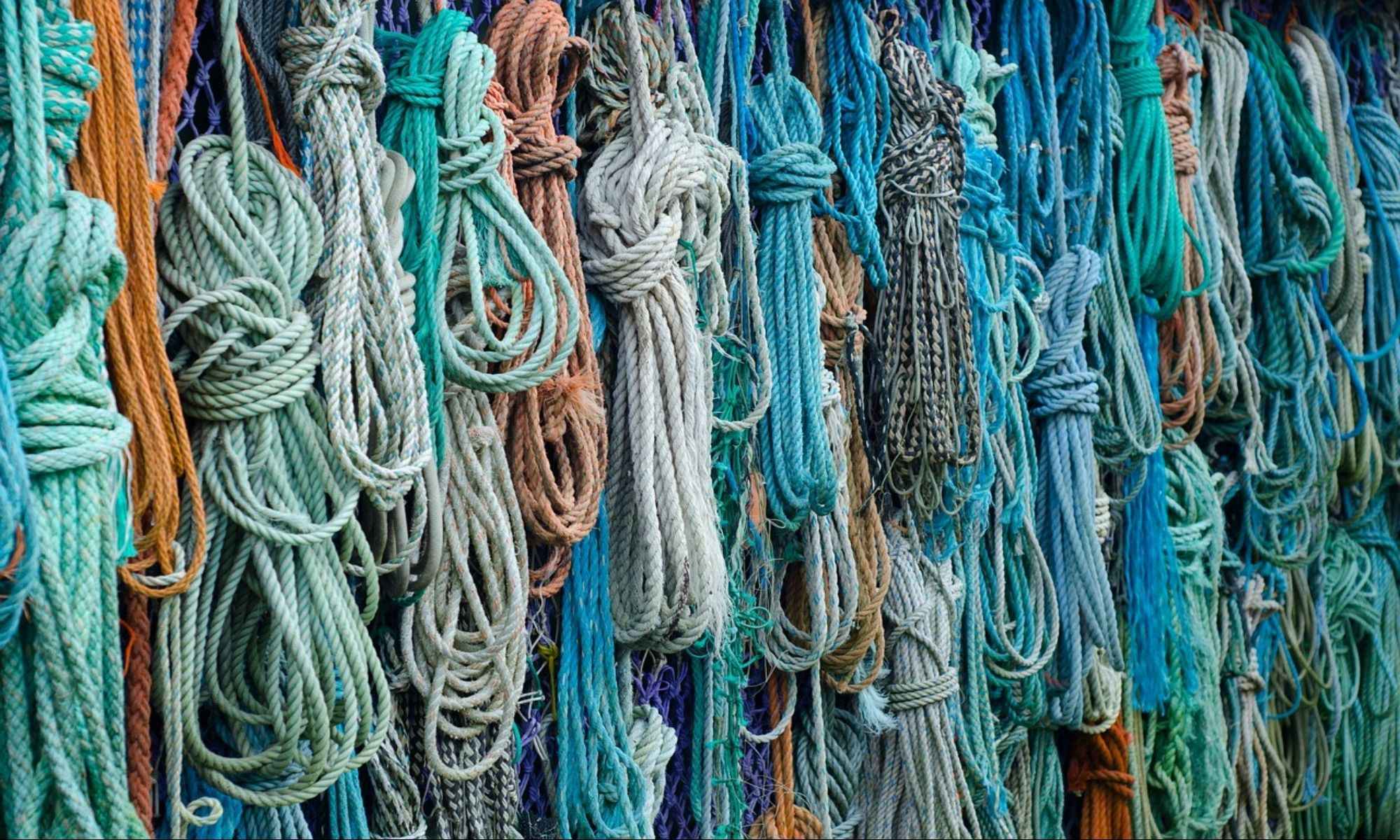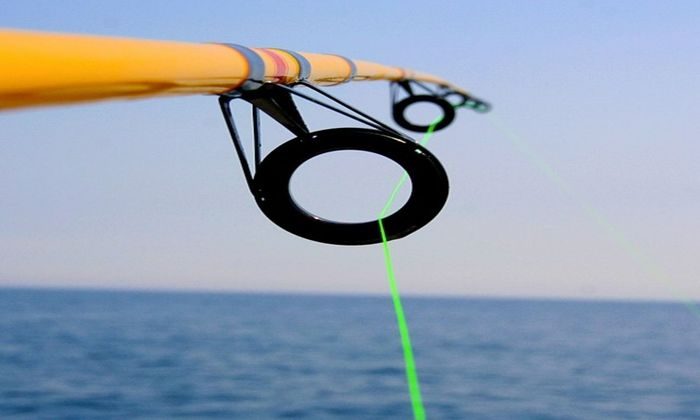10 Top Tips on How To Tie Saltwater Fishing Knots
Here are some tips on how to properly tie your saltwater fishing knots.

Successful anglers always have a habit of keeping fishing tackle in good condition and frequently replace parts if they suspect a slight defect. Increasing your chances of success at fishing can be achieved by simple habits such as tying excellent saltwater fishing knots. Knots connect your line to a hook, and a poor knot will almost always result in empty catches during your fishing trips.
Your knot should be the durable link between your line and your hook. Knowing how to tie fishing knots properly is as important as using the correct tackle and bait when you are fishing. So in this guide, you will have the top tips on tying saltwater fishing knots that are effective and helpful for your fishing success.
Tips on how to Tie Saltwater Fishing Knots
1. Get a Fine Fishing Line

First off, a high-quality fishing line is essential in tying good fishing knots. Using a low-quality fishing line has a higher risk of breaking easily and slipping your knots away from the hook. Fishing lines vary based on the fishing technique that you would use. For example, if you plan to do power fishing, you can use a durable fluorocarbon fishing line with a knot such as the Palomar Knot.

Keep it out of direct sunlight or UV lights when storing your fishing line. The rays will damage your fishing lines, no matter their material. Do not remove the original package if you have unused spools of fishing lines. The packaging protects against dust, wearing out, and nicks from the fishing lines. Monofilament and other light fishing lines have a high risk of wear and tear, so only use these if you are fishing on shallow waters. If you are fishing on deeper waters, getting more durable fishing lines like fluorocarbon or wire fishing lines is best.
2. Choose Where to Attach Your Knots
Not all knots are the same, and some work best under certain conditions. For example, the Surgeon's knot is best to connect lines with unequal measurements. On the other hand, the Clinch Knot is best for connecting the fishing line to a hook or directly to the lure.
Planning out which gear you would use and preparing your tackle will help you to tie a knot that is easy to finish and durable enough to withstand underwater currents.
3. Determine Your Knot’s Strength
Tying a weak knot will decrease the strength of your fishing line. It would be best to secure a knot that will carry the weight of the bait and the fish attached to the hook. If you do not know how to measure your knot's strength, a quick search online will tell you how durable your knot is. Just input the name of the knot you did on your fishing line and the material used in your fishing line. Before heading out to the waters to fish, this step will help you get a durable and practical knot.
4. Find Your Preferred Knot
Keep using a knot once you have found it practical and helpful to your fishing trips. After all, it does not matter how many knots you know. What matters is that your knot is durable, and it does not slip away underwater. Knots are part of your fishing tackle, and you should not frequently switch if it is unnecessary.
5. Tighten Loose End
Tying with ropes leaves a loose end opposite your fishing line. Anglers often call this the "tag end." Tightening the tag end helps your knot from slipping away from the fishing line. If your knot falls off because of loose ends, you might drop your hook to the bottom of the water. In some cases, these tag ends of your knot will sabotage when you catch a trophy, only to have it slip away from your fishing line.

6. Cut Long Tag Ends
Your knots' tag ends sometimes come in long portions. Loosening them can be annoying and time-consuming. One alternative you can do is trimming them at just the proper distance from your knot and the fishing line. If you cut it too close to your fishing line, your knot will slip away.
7. Lubricate Your Knots
Tightening and cinching your knots against the fishing line will cause friction and even heat—both of these damage your fishing line before you can lower it underwater. Lubricating your knot with water or hand lotions before tightening them on your fishing line helps against excessive friction and damage. Lubrication also improves the durability of your knots.
8. Inspect Before Using
Quick inspections help you avoid last-minute disasters when you are out in open waters. Even though you have tied your knot to the letter, inspecting it for the last time lets you spot imperfections or errors that would lead you to retie your knot. These inspections will help you master it quickly if you practice a new knot.
9. Try Your Knot’s Strength on the Line
Tugging on your knot while attached to your fishing line is an excellent way to check if it is durable. You can also attach a fish to your hook and see how your knot will take the weight. Leaving your knots unchecked before you go fishing will disappoint you later on. Your knots might slip off underwater while you are waiting for a bite on your bait, or worse, it might break when you are about to reel in the fish you caught.
10. Practice Often
Tying, untying, and retying your knots lets you master it quickly. Doing these three steps on your knots will get a clearer view of how each end goes to which hole or sequences and loops you need to improve on. A few practice sessions on a wire or a flat surface will help before you tie a knot to your fishing line. Tying an entirely new knot to your fishing line might lead you to damage both the fishing line and the rope to break.



